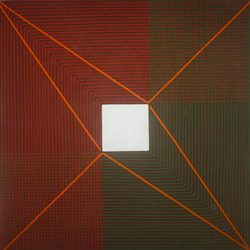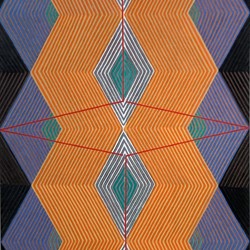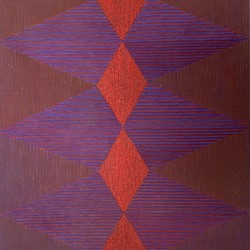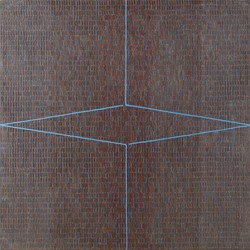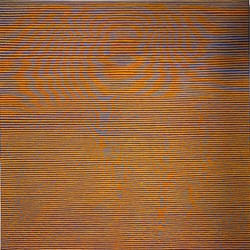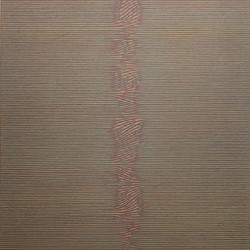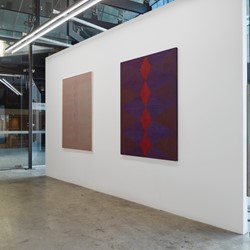Exhibition
Galliano Fardin // Ponderings
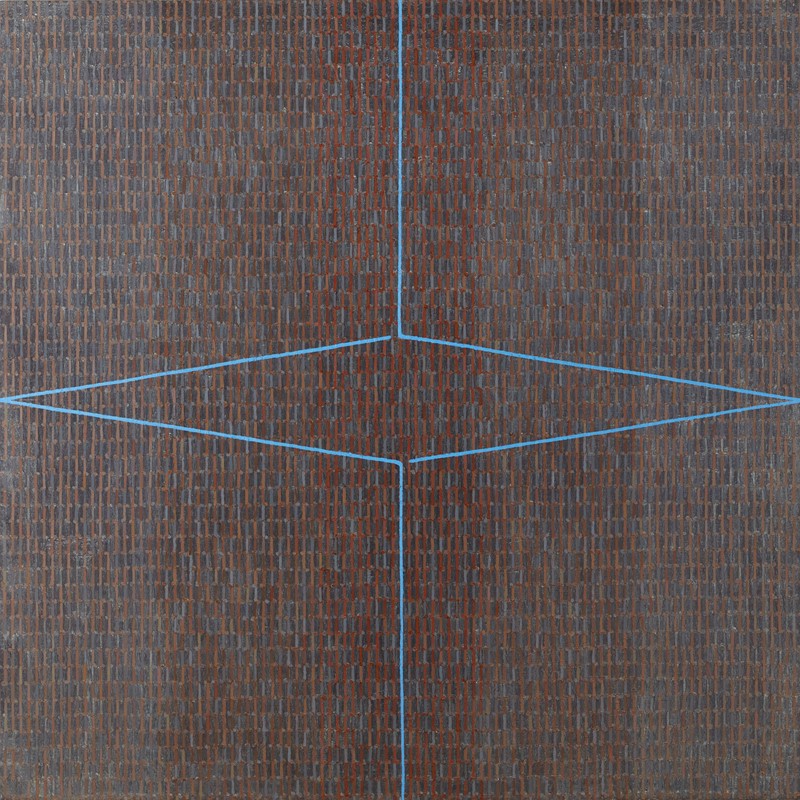
A new painting series by Galliano Fardin meditates on our temporary presence in time and space, allowing us to witness the phenomena of existence and to ponder its mysteries.
Galliano Fardin is a highly-regarded, contemporary artist with a number of awards to his name. His work is held in many prestigious collections, including the National Gallery of Australia, the Art Gallery of Western Australia, the Kerry Stokes Collection and the Bankwest Collection.
Born in 1948 in Mogliano, a small town between Treviso and Venice in Italy, Galliano began his working life at fourteen in a sweatshop. Already a self-taught artist by his teens, he produced a meticulous hand-drawn book of architectural drawings inspired by Piranesi and the postcards of the day.
At the age of twenty, he was called up for National Service and was fortunate to serve his two years as a paratrooper. This was a burst of freedom for a boy from rural Italy – seeing Italy’s cultural heritage first-hand, from Sardinia to Tuscany, at ground-level and from the sky.
On returning to work after National Service, a strike by railway workers in 1972 forced him to take a bus: ‘As I was struggling to hold my place against the human tide of passengers, a poster on a wall outside the window caught my attention. The bold letters on the poster asked, Do you wish to come and work in Australia?’
In Melbourne sooner than he could imagine, Galliano immediately enrolled in full-time English classes. ‘I thought that Australia was a beautiful place and I couldn’t believe my luck.’ A year later, he met Nancy Neumann on a bushwalking expedition and, five decades, three sons and five grandchildren later, Galliano and Nancy Fardin now live in a rural, isolated setting by Lake Clifton, south of Mandurah in Western Australia.
Across three decades, ‘we’ve turned paddock into bush and we’re committed to greening up this place and having a habitat for wildlife. There’s no boundary between this and the art. One reinforces the other.’
In between family life, Galliano spent more than a decade living and working in Aboriginal communities in Australia’s Central Desert. This experience developed Galliano's deep appreciation for the isolation and beauty of the Australian landscape.
In the 1980s, Galliano realised a lifelong dream to study fine art. ‘In Italy as a child I was mesmerised by the art of Giotto, Piranesi and Titian. I loved art history at Curtin University, because I could reconnect with my childhood.’ Subsequently, Galliano studied at the School of the Museum of Fine Arts in Boston, Massachusetts.
Galliano’s art, sometimes characterised as minimalist or abstract, has a unique starting point. Rather than starting with a plan, an image, or a sketch, Galliano starts with a strategy. ‘When starting, you have no idea where you are going. Then, like magic, something evolves and it begins to talk back to you. You find clues, which guide you. There is no vision, but a set of steps to break the ice.’
These steps are typically random patterns and colours, invariably geometric. Galliano describes the field he enters through a blank canvas as ‘primordial chaos’. Having absorbed Italy’s artistic traditions during his youth, structure serves as Galliano’s entry point – henceforth into a dynamic interaction with infinity, framed within a canvas. Nothing is being minimalised or abstracted here.
‘Art is a form of controlled madness. If it only comes from the brain, it is too preconceived, stillborn. It’s a bit like a labyrinth. Slowly, slowly you sense the map in your head. It’s not psychotherapy,’ says Galliano. ‘You have to leave moods and feelings behind. Let the mind settle. Until it is clear.’
This meditative approach is more typical of Eastern philosophy and art.
While in Western philosophical traditions nothingness is generally viewed as emptiness, in Eastern traditions ‘no thing’ represents positive attributes – an infinite possibility of things – balance, tranquillity, dynamism, a field of consciousness within which everything is contained and with which everything is imbued. Here the blank canvas is replete with possibilities. Given the right time and the right mindset, these will begin to express themselves through the artist. The artworks emanate the learning and spirit of their masters.
In this way, Galliano seeks to tap into his subconscious to drive his artistic expression.
Professor Gerard Bodeker
Green Templeton College, University of Oxford
March 2021



